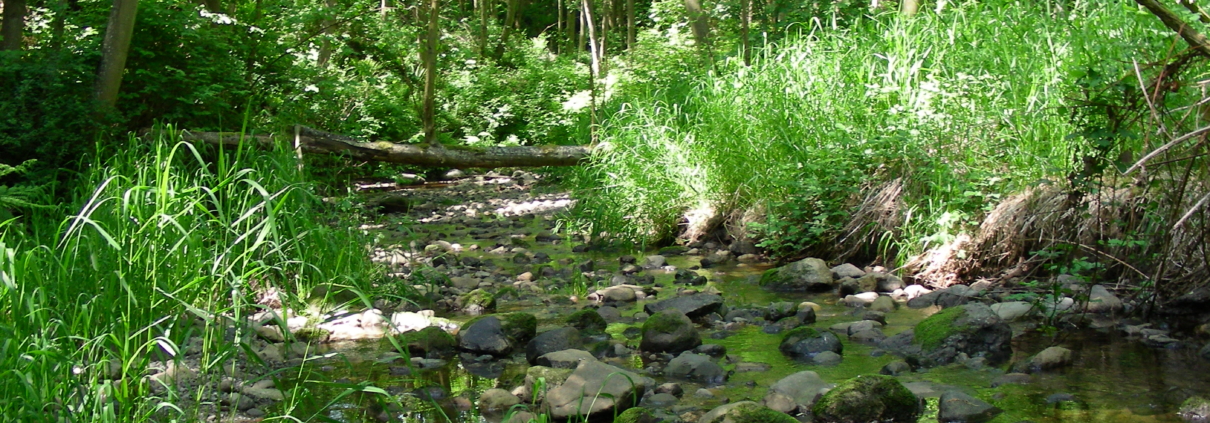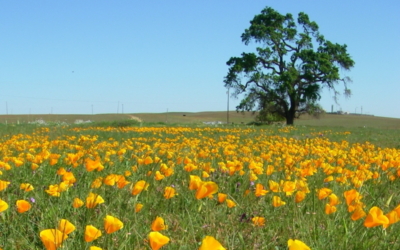Setting the New Standard: Driving Change through Conservation Certification
This is the eighth in a series of monthly blog posts exploring the development of a new standard in corporate conservation certification.
Regulation is often blamed for creating a “race to the bottom” where fulfilling mandates becomes the only achievement. Recognition programs present an opportunity to turn the race around by using regulation as a floor, creating competition and providing incentives for participants to excel. Good recognition programs drive change.
Since we awarded our first certification 26 years ago, Wildlife Habitat Council has used regulation as its floor. To be recognized, a project has to exceed any pertinent regulatory requirement. This criterion allowed WHC to create a consistent approach from which to operate across multiple regulatory environments and impel participants to exceed expectations.
By creating this framework for implementation and recognition, WHC has driven change across corporate lands since 1989, today counting 827 certified conservation and education programs as evidence of these efforts.
As we prepare to launch our new Conservation Certification program, WHC is seeking to accelerate the pace at which we drive change in two ways. We are valuing conservation actions that have not been part of our standard before, and we are configuring our assessment of projects to allow for consistency in data collection and better reporting.
When we explain how WHC Conservation Certification can drive change through better reporting, we refer to the philosophical question about the unheard tree falling in the woods. With our new program, WHC will not only be able hear the tree falling, we will be able to ascertain the species of the tree, the time and date of the incident, and the extent of the habitat impacted as a result. (Metaphorically of course, as we prefer to see trees growing, not falling.)
To create this standard, WHC broke into units the very thing we value as an integrated whole to create manageable-sized projects for assessment and reporting.
With this new structure, we will be able to join the dots of current and future certifications by requiring applicants to submit through a consistent framework that collects data across 25 possible project units, reporting the acts, the objectives, the people, and the purpose of the project.
In future reports, WHC will be able to count and report on the types of conservation projects within each certified program and enumerate the habitats being improved, the species being managed, and the education and outreach being offered. Applicants will contribute data on their conservation objectives, their actions to meet these objectives, the numbers associated with the projects – acres, hours, people, practices – as well as the alignments with existing conservation plans, connectivity with neighboring projects, and contribution to landscape-level efforts..
What will truly drive change will be WHC’s ability to report these measures company-wide and industry-wide, to help Sustainability Officers, CSR managers and others to use the information for their own internal and external initiatives. WHC will also report across industry sectors to inspire others in that sector to participate and encourage friendly competition between those already on board. With these data reports, WHC will cause an upward shift in standards of land management on corporate lands away from a regulated floor and towards excellence and measurable conservation results.
By valuing conservation actions that have not been part of its standard before, WHC will drive change by recognizing these acts and requiring them to be carried out according to best practices.
One of the new areas of recognition is land preservation. Setting land aside in perpetuity is one of the most effective methods for addressing some of the issues that impact our environment. Land preservation can reconnect landscapes, save critical habitats and species, and provide access for recreation in nature. With Conservation Certification, WHC will recognize actions taken to set land aside permanently or to enter into agreements that allow the land to be used for conservation activities. We will value strategic approaches over opportunistic efforts and look for investments for future stewardship needs.
Another new area of recognition where WHC can drive change is in the practice of green infrastructure. Rain gardens, bioswales, and vegetated roofs and walls all provide high quality environmental mitigation services. With Conservation Certification, WHC will recognize efforts that go beyond the basic service and design biodiversity into engineered solutions. If a rain garden is planted for pollinators as well as to manage stormwater run-off, and a roof is planted for wildlife as well as for heat mitigation, it will be recognized. Through this recognition, designers and engineers can begin to consider how green infrastructure can contribute to biodiversity, especially in urban areas.
When we launch Conservation Certification in November at the Conservation Conference, we will once again drive change in corporate land management through broadened recognition and data-driven reporting.


